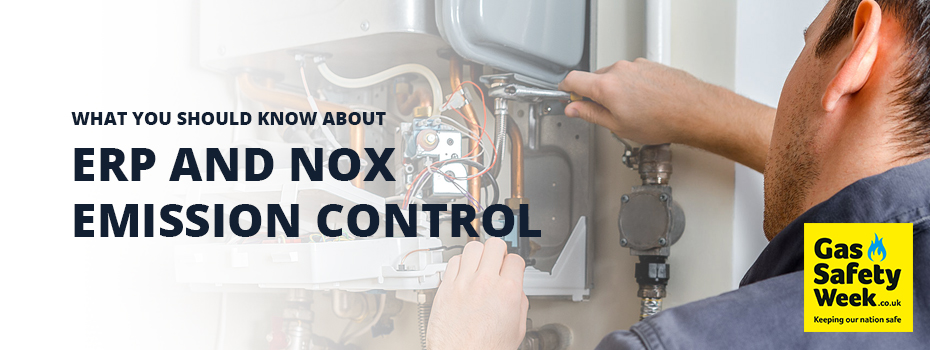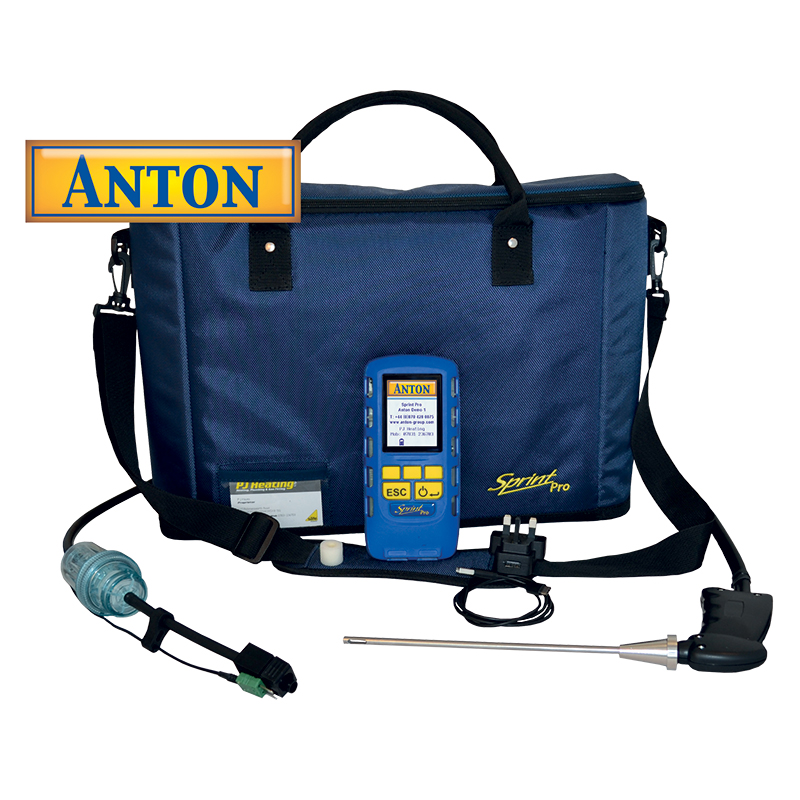Please note this blog was originally published on the 23rd September 2019. It was updated on the 8th September 2021 to contain relevant flue gas analyser models.

The Energy Related Products Directive (ErP) reflects the commitment of the European Union to improve air quality. The latest legislation concerning NOx emissions was introduced on the 26th September 2018 to meet EU targets for 2020:
- Reduce energy consumption by 20%
- Increase the share of renewable energies by 20%
- Decrease greenhouse gas emissions by 20% (from 1990 levels)
Quick Links
- What to Know About the Latest Legislation?
- Why Should We Reduce NOx Emissions?
- How Do You Check NOx Levels?
- Flue Gas Analysers with NOx Capabilities
- Further Information
What to Know About the Latest Legislation?
To meet EU 2020 targets, the latest legislation, which came into force on the 26th September 2018, introduced restrictions on the NOx emissions of new domestic boilers installed in the EU and UK. According to the legislation, NOx emissions from oil-fired, gas, and LPG boilers must not exceed:
- 120mg/KWh for oil-fired boilers
- 56mg/KWh for gas and liquefied petroleum gas (LPG) boilers
Boilers that don't meet the requirements above cannot be installed.
Why Should We Reduce NOx Emissions?
NOx stands for Nitrogen Oxides, which are a by-product of gas-fired central heating boilers. Nitrogen plays no part in the combustion process; it is supposed to pass through the boiler without causing problems. However, at temperatures over 1100 Celsius, Nitrogen and Oxygen combine to form Nitrogen Oxide (NO) and Nitrogen Dioxide (NO2). Together these compounds are referred to as Nitrogen Oxides (NOx).
NOx gases are highly reactive, colourless, and odourless. Unfortunately, they negatively affect respiratory systems, causing inflammation and decreasing lung function. Moreover, high levels of NOx can result in damage to vegetation, for instance, leaf damage and/or reduced growth.
There are other sources of NOx pollution entering our atmosphere, although, it is thought that in London around a quarter of NO and NO2 gases are emitted from heating systems*.
How Do You Check NOx Levels?
A manufacturer energy label indicates that the product was tested and assessed independently and found to meet strict environmental criteria. As part of their installation or service, engineers are not required to measure the NOx emissions of these verified systems.
However, more service providers are choosing flue gas analysers with the ability to measure the NOx in order to future-proof their businesses. Leading flue gas analyser manufacturers now offer models with NO/NOx sensors, as well as instruments that may be retrofitted with NOx modules at a later date.
Flue Gas Analysers with NOx Capabilities
The new range of Anton Sprint Pro Flue Gas Analysers features models with the ability to measure CO2, NO, and NOx levels.

Furthermore, Testo and Kane also offer flue gas analysers with NO/NOx sensors, as well as models that can be retrofitted to include NO/NOx modules.
Testo
Kane
Please browse our full range of flue gas analysers.
Further Information
For more information regarding NOx emissions or our range of flue gas analysers, please contact our Sales team on 01642 931 329 or via our online form.
*Air Quality Expert Group, Nitrogen Dioxide in the United Kingdom Summary, last accessed 08 September 2021.


